The effect of cupping for weight loss varies from person to person. Its principle is to stimulate acupoints and promote blood circulation to assist in weight loss, but it is not a direct weight loss. It needs to be combined with diet and exercise to achieve better results. The mechanism of cupping for weight loss is to stimulate the skin and acupoints through negative pressure, promote local blood circulation and metabolism, help eliminate toxins and excess water from the body, and thus assist in weight loss. But cupping does not directly consume fat, its effect is more reflected in reducing edema and improving physical condition in the short term. To achieve better results in weight loss through cupping, it is necessary to combine scientific diet and regular exercise.
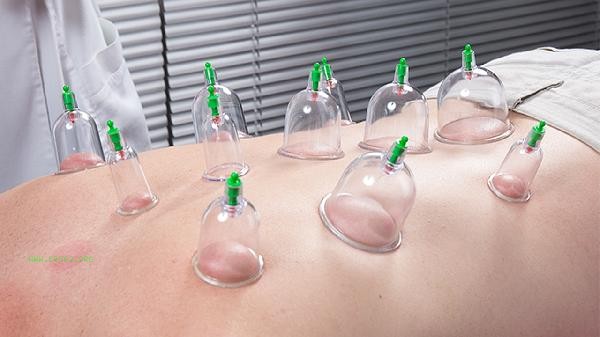
1. The principle and limitations of cupping for weight loss
Cupping stimulates the skin and acupoints through negative pressure, promotes local blood circulation, accelerates metabolism, and helps eliminate excess water and toxins from the body. This method has a certain effect on improving edema and relieving muscle fatigue, but its effect is mainly concentrated on the surface and cannot directly decompose fat. The effect of cupping for weight loss is more reflected in short-term weight loss rather than long-term weight loss. The effect of cupping varies from person to person, and may cause discomfort for people with weak constitution or sensitive skin.
2. Dietary adjustment is the key to cupping weight loss
The effect of cupping weight loss needs to be combined with scientific diet to better reflect. It is recommended to adopt a low calorie, high fiber diet structure, such as increasing the intake of vegetables, fruits, and whole grains, and reducing the intake of high sugar and high-fat foods. The specific diet plan includes: oatmeal Congee with fruit for breakfast, steamed fish and vegetables for lunch, and light vegetable soup for dinner. At the same time, control daily calorie intake, avoid overeating, and maintain a regular diet.
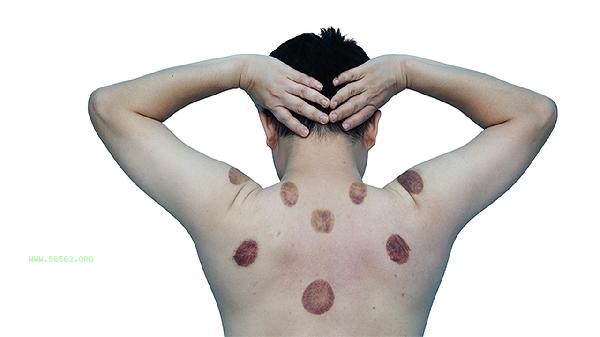
3. Combining exercise with cupping therapy yields better results.
Exercise is the core of weight loss, and cupping therapy requires regular exercise to achieve better results. It is recommended to engage in 3-5 aerobic exercises per week, such as brisk walking, jogging, or swimming, for at least 30 minutes each time. At the same time, strength training such as squats, push ups, etc. can be added to help increase muscle mass and improve basal metabolic rate. Stretching and relaxing appropriately after cupping can help relieve muscle tension and promote blood circulation.
4. Precautions for Cupping Weight Loss
Although cupping weight loss has a certain auxiliary effect, it is necessary to pay attention to the operating norms and safety. The cupping time should not be too long, generally controlled at 10-15 minutes to avoid skin damage. Pay attention to keeping warm after cupping, avoid getting cold, and drink plenty of water to help detoxify the body. For people with damaged skin, infections, or serious illnesses, cupping for weight loss is not recommended. If discomfort occurs after cupping, it should be stopped in a timely manner and
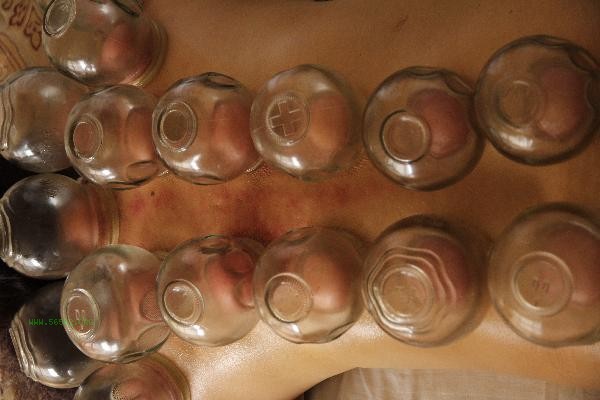
should be consulted. Cupping for weight loss is an auxiliary method, and its effect needs to be combined with diet and exercise to better reflect. Cupping promotes blood circulation and metabolism, which may lead to weight loss in the short term, but it cannot directly consume fat. To achieve long-term results through cupping weight loss, it is recommended to develop a scientific diet plan and regular exercise program, while paying attention to the safety of cupping operations. Cupping for weight loss is not a panacea, it needs to be chosen reasonably according to individual constitution and needs.

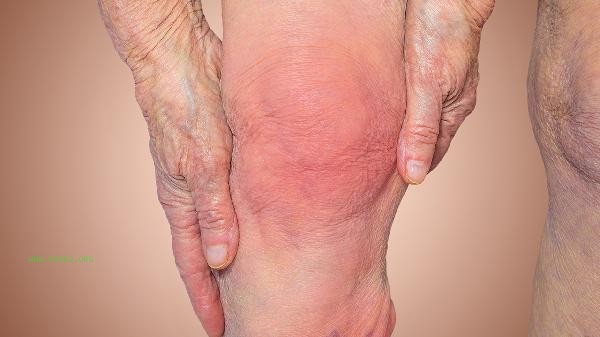
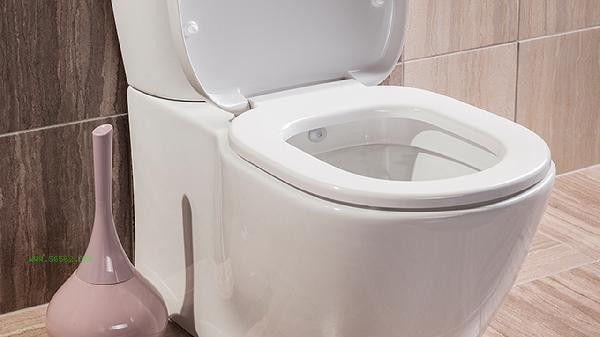
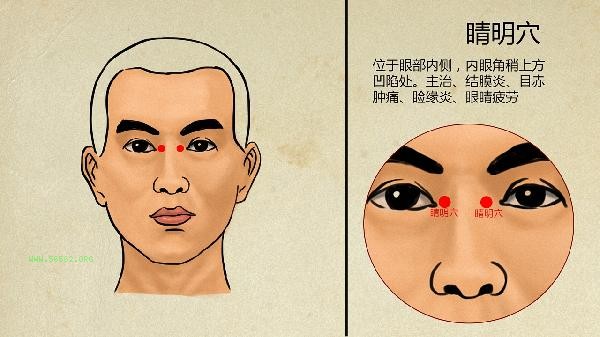
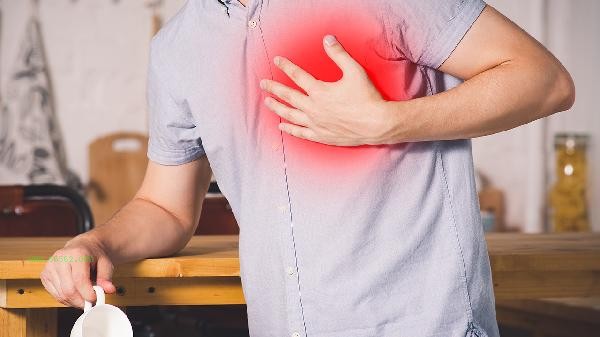
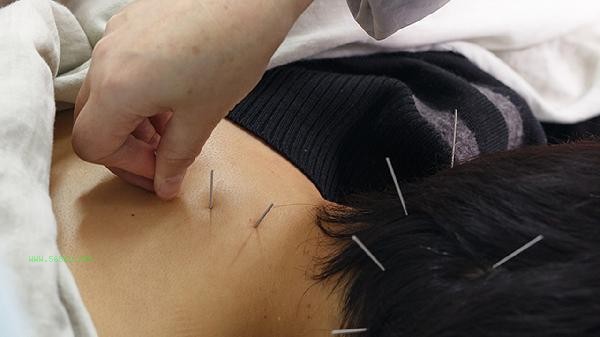


Comments (0)
Leave a Comment
No comments yet
Be the first to share your thoughts!